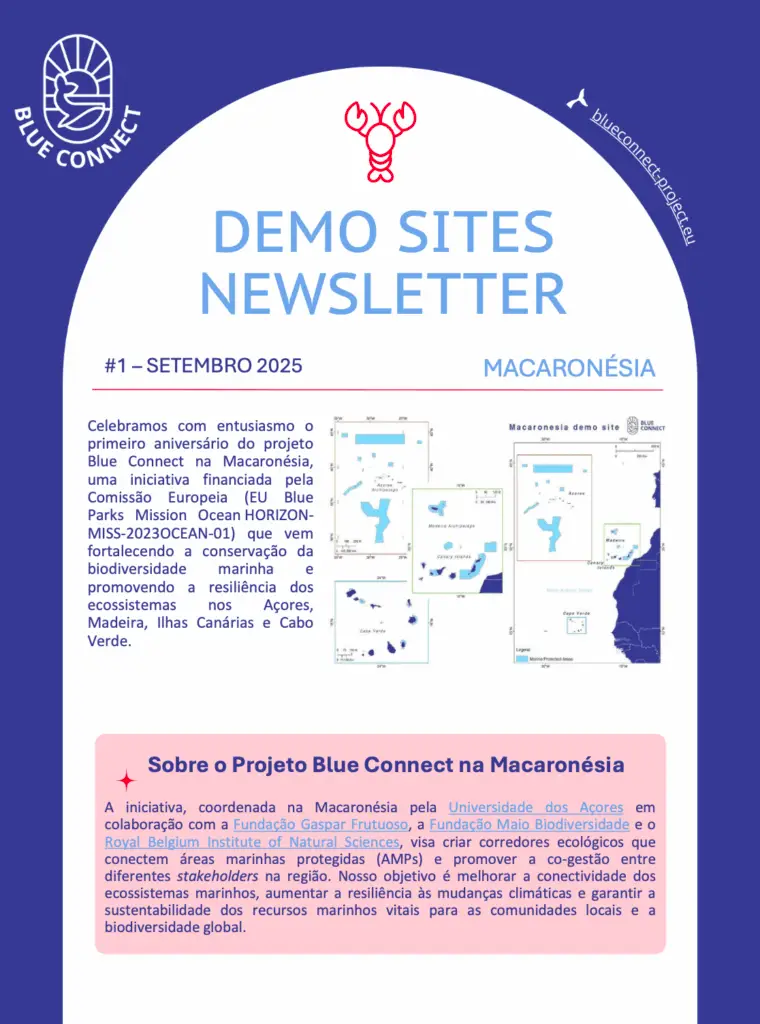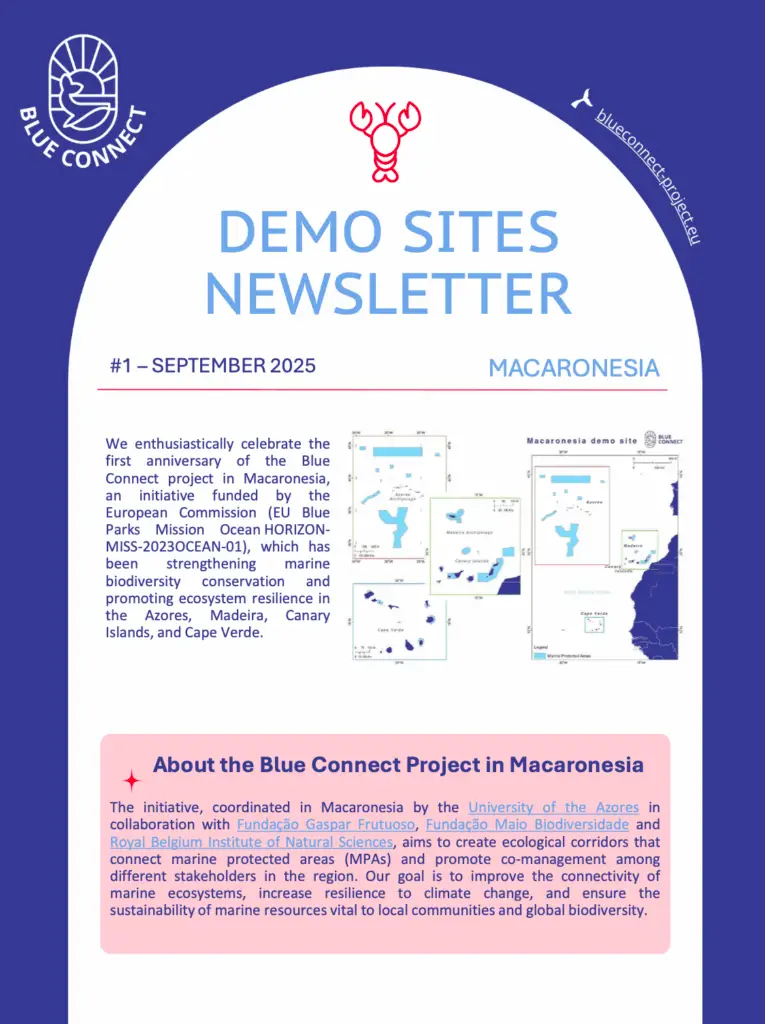
Macaronesia
Why this site?
Macaronesia is a hotspot for marine biodiversity due to its unique ecosystems, although there are gaps in knowledge regarding species distribution and ecological dynamics. Enhancing connectivity in this region is essential, since the area faces various environmental pressures, including climate change, invasive species, and overfishing, which necessitate strategic approaches to identify and prioritize areas for conservation and restoration. Additionally, engaging local stakeholders in a holistic approach is crucial for effective management, especially within an international context. This could help safeguard Macaronesia’s rich biodiversity and ensure the sustainability of its marine ecosystems.
Ecosystem characteristics
Challenges
- Information Gaps: In understanding the distribution and dynamics of marine biodiversity and its connectivity within the region.
- Stakeholder Engagement: There is no effective communication among local groups, making it difficult to improve connectivity across the islands.
- Lack of management plans and their implementation: The effectiveness of MPAs is compromised by inadequate management plans, threatening conservation and habitat sustainability.
What will be demonstrated?
Engaging local communities, government agencies, and conservation organizations, and fostering a bottom-up strategy to co-create management strategies is crucial. Point out initiatives to create blue corridors that enhance ecological connectivity between different marine habitats and MPAs, facilitating the movement of species and promoting healthier ecosystems across the archipelago. Showcasing best practices in the management of Marine Protected Areas, co-management, and the active involvement of local stakeholders in conservation efforts is vital to ensure long-term sustainability.
Activities to be
carried out
The activities under the Macaronesia demo site in the BLUECONNECT project will focus on developing and implementing comprehensive management strategies for marine protected areas (MPAs). This includes stakeholder engagement to foster collaboration among local communities, government agencies, and conservation organizations. Key initiatives will involve assessing existing marine habitats, monitoring biodiversity, and creating management plans tailored to local needs. Additionally, capacity-building workshops will be conducted to enhance knowledge and skills among stakeholders, ensuring effective execution of conservation efforts and promoting sustainable marine resource management in the region.



